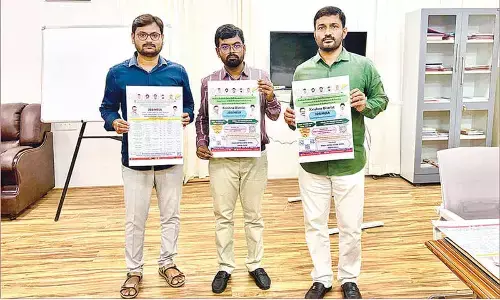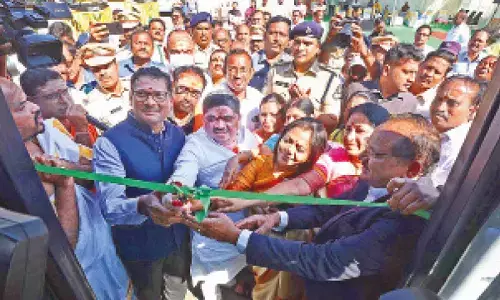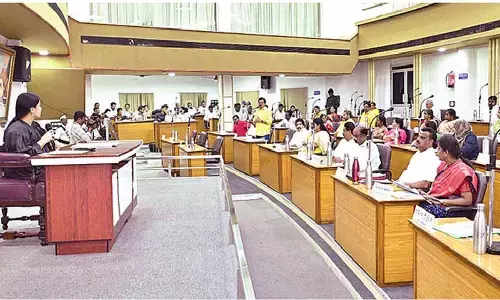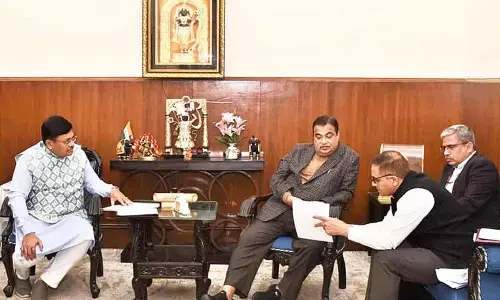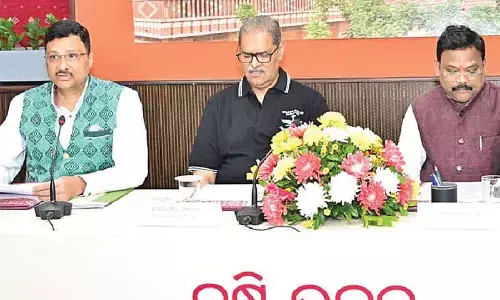Global project ‘paints’ proof of air pollution in India

Researchers and artists joined forces for a so-called “painting with light” international project to make invisible air pollution in India visible, demonstrating the health risks posed to the population.
New Delhi: Researchers and artists joined forces for a so-called “painting with light” international project to make invisible air pollution in India visible, demonstrating the health risks posed to the population. Combining digital light painting and low-cost air pollution sensors, the scientific team produced photographic evidence of pollution levels in cities across three countries – India, Ethiopia and the UK – to spark debate among local communities.
Their findings, published in ‘Nature Communications Earth & Environment’ on Wednesday, record how photographs taken as part of the ‘Air of the Anthropocene’ initiative stimulated discussion around the impact of air pollution. The illustrations covered two children’s playgrounds in India, 500 km apart – one in urban Delhi, the other in rural Palampur – with Particulate Matter (PM2.5) values at the Palampur playground at least 12.5 times less than those measured in Delhi.
“Air pollution is the leading global environmental risk factor. By painting with light to create impactful images, we provide people with an easy-to-understand way of comparing air pollution in different contexts – making something that was largely invisible visible,” said Professor Francis Pope, an environmental scientist from Birmingham University and co-creator of the project with artist Robin Price.
“Air of the Anthropocene creates spaces and places for discussion about air pollution, using art as a proxy to communicate and create dialogues about the issues associated with air pollution,” he said. Air pollution also varied dramatically between locations in Ethiopia – a kitchen using biomass stoves for food preparation where PM2.5 concentrations in the room were up to 20 times greater than what was measured nearby outdoors.








